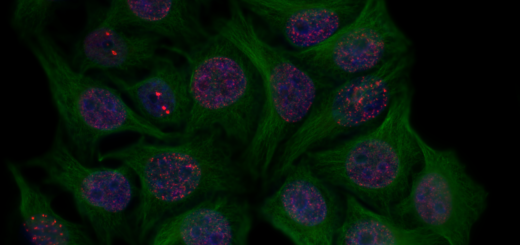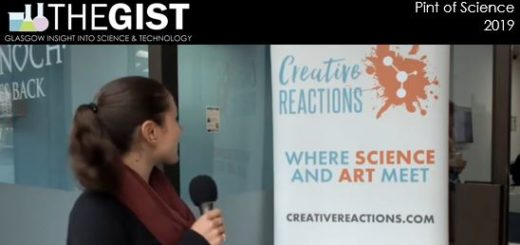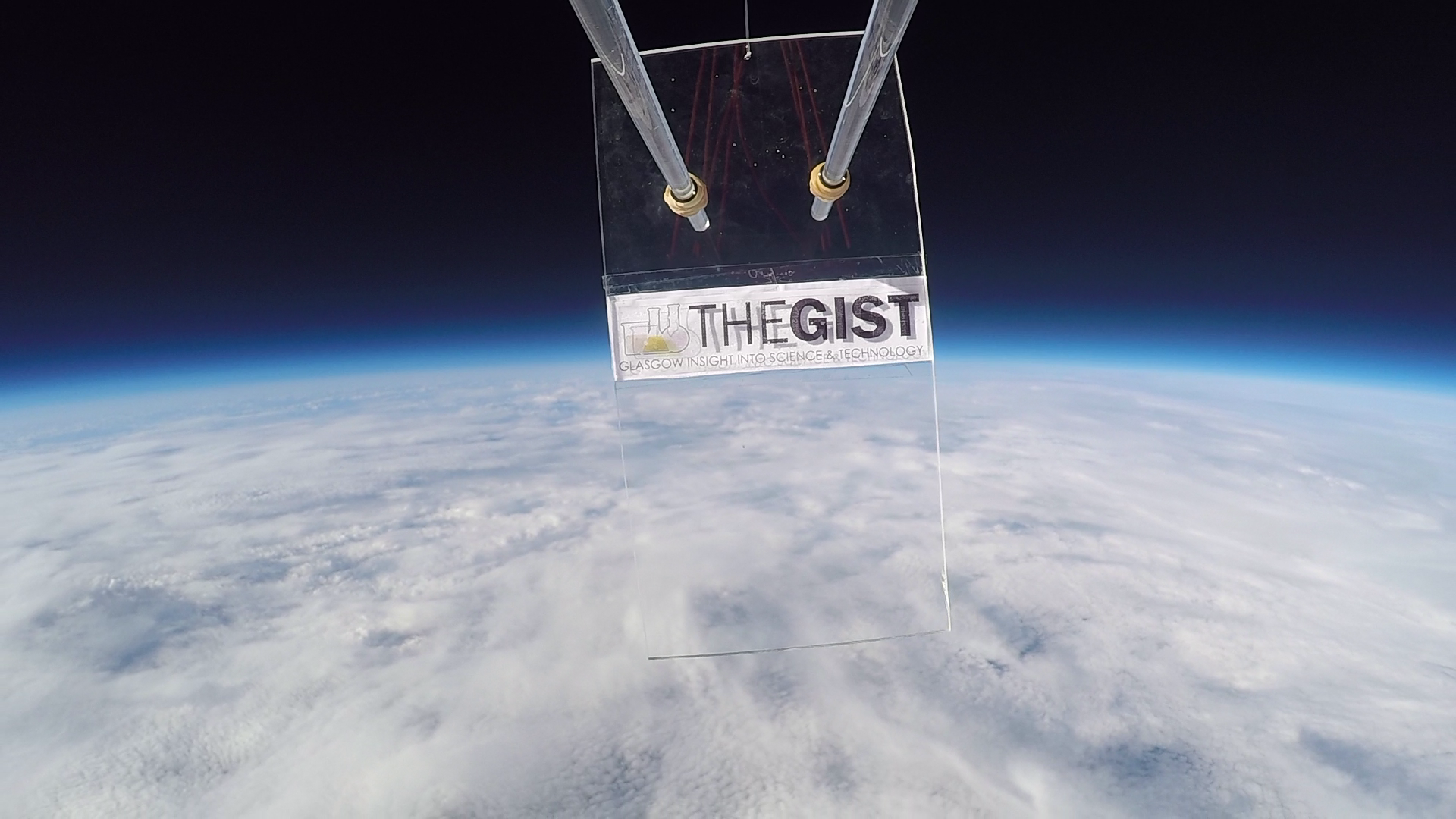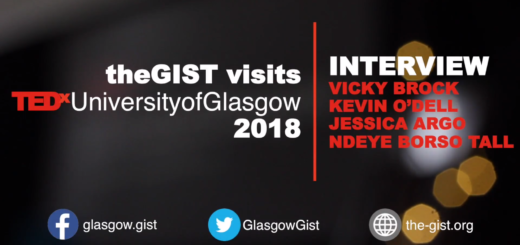The Conscious Divide: What separates humans from rocks?

At the most fundamental level, everything in the universe — whether a human, a rock, or anything in-between — is composed of the same basic building blocks: atoms and molecules (carbon, hydrogen, water, and so on). Trillions of tiny particles, following the fundamental laws of chemistry and physics, combine to create something far greater. So, if the ingredients are the same, what separates something conscious, like the human brain, from something inanimate, like a rock?
Now you may be thinking “Of course a rock isn’t conscious! It lacks a brain and is simply an object.” However, if we delve deeper, we realise that both living beings and inanimate objects are ultimately made of “things” that don’t possess thoughts. To explore the working theories surrounding consciousness, it is necessary we provide a clear definition of exactly what it is.
Have you ever imagined what it would be like to be your favourite animal — whether soaring effortlessly across vast skies like an eagle, or towering over the land as an elephant? Philosopher Thomas Nagel argues that the essence of consciousness is defined by the subjective experience of being [4]. He uses the example of a bat to illustrate this point: he states that while we may not fully understand the subjective experience of a bat, we can recognize that it has its own unique way of perceiving the world through echolocation [4].
It occurs at many levels of animal life, though we cannot be sure of its presence in simpler organisms like an ant or bacterial colony, and it is very difficult to specify what provides evidence of it. No doubt, it occurs in countless forms that are totally unimaginable to us — on other planets, in other solar systems throughout the universe. His view emphasises that if an organism is conscious, then there is an experience or feeling that comes with being that organism —there’s “something it feels like” to exist as that being [4].
This first-person perspective is what Nagel refers to as the ‘subjective experience’. Consciousness is fundamentally about these personal experiences — what it feels like to perceive an environment, endure pain, entertain intrusive thoughts, or reflect on such experiences. Since we can only ever be sure about our own sense of consciousness, it remains unclear whether there is an objective aspect to it.
Bridging together the mind and the body has long been elusive in scientific study. The challenge lies in explaining how the subjective experience of consciousness arises from the physical brain. The “easy problem” is explaining that cognitive functions like thinking, memory and attention, are just part of neurological computing. But the “hard problem” is why these processes feel like something to us [3]. Is consciousness something separate from the body, or is it simply a byproduct of the brain’s network coding? While consciousness seems to emerge from the brain, should we think of it as distinct from the physical hardware? What does it mean for the mind to exist within the body?
Max Tegmark, a physicist at the Massachusetts Institute of Technology, has proposed that there is a state of matter just like a solid, liquid, or gas, that he names “perceptronium” [1;2]. Perceptronium describes atoms that are arranged with such complexity that they can process information and give rise to subjectivity. This hypothesis was inspired by Guilio Tonini, a neuroscientist whose integrated information theory (IIT) [1] has become a major force in the science of consciousness.
IIT presents a mathematical framework for assessing the quality and quantity of consciousness in living beings. According to IIT consciousness arises from the ability of a system to process and integrate information [1]. The more meaningfully a system can combine information, the more conscious it becomes. Under this theory, even simple devices like thermostats or photoelectric diodes could possess sprinkles of consciousness [1].
Tononi and Christoff Koch propose that consciousness exists across all animals, from humans to earthworms, and may even extend to complex systems like the internet. Koch likens consciousness to the inherent properties of the universe, such as electric charge, suggesting it emerges from an intricate system just as space, time, mass, and energy do. To quantify consciousness, Dr. Tononi developed a metric called “phi (Φ),” which measures how much information a system can integrate as a whole. In simpler terms, it reflects how strongly different parts of the system work together to produce a unified experience. A higher phi value suggests more integration and, therefore, a greater degree of consciousness. For example, human brains can have phi values ranging from 10 to over 30, while simpler systems of integration, like individual neurons or basic neural networks, may have phi values close to zero, reflecting their limited capacity for consciousness [1].
While this idea is compelling to some, not everyone is convinced. Scott Aaronson, a computer scientist [5], tested the concept of phi by calculating that a simple grid of electronic logic gates — similar to the error-correcting circuitry in a DVD player — could be many times more conscious than a human brain [5]. This suggested that inanimate objects, or networks of “things”, could be more conscious than humans. For many, this conclusion is not convincing.
Dr Bernard Baars proposed a more neuroscientific theory to this hard problem of consciousness [6]. The global workspace theory (GWT) suggests that consciousness operates like a central memory hub that coordinates and integrates information across different brain regions. This makes sense in a brain viewed as a vast network of specialised processors that work in parallel. In such a system, the “global workspace” serves as an information exchange, allowing various brain functions, such as sensory systems (sight or hearing), to communicate with the rest of the systems [6].
Baars uses a theatrical metaphor to explain the global workspace. Imagine you’re watching a grand theatre performance. The stage is vast, illuminating only the central figure — the star of the show. That spotlight is your consciousness, directed there by the efforts of a crew member dedicated to managing the stage lighting: your attention. Everything beyond the illuminated centre — the unseen crew, hidden actors, and the rest of the set — represents the brain’s unconscious workings, quietly supporting the show from behind the scenes.
When sensory information takes centre stage, it steps into the bright light, becoming part of your conscious experience. The moment this happens, the show broadcasts to the entire audience — the “expert networks” sitting in the dark, quietly taking in the performance, ready to respond. Only what’s lit up can be shared with the audience, while everything else — like stagehands in the wings or props waiting in the background — stays hidden, out of sight but always in motion.
He proposes this is the primary functional role of consciousness: to allow a theatre architecture to operate in the brain, to integrate, provide access, and coordinate the functioning of a very large number of specialised networks that otherwise operate autonomously [6].
According to global workspace theory, consciousness helps different brain networks work together and compete to solve problems, like recalling specific information stored in working memory. Working memory is a type of short-term memory that temporarily holds and manages information we need for tasks, such as solving a maths problem or following a conversation [5]. The contents of consciousness may correspond to brain activities similar to short-term memories, engaging large regions throughout the brain. From a physiological perspective, these processes seem to involve fast, rhythmic brain waves, known as high-frequency oscillations.
The overall function of consciousness is to provide widespread access, which in turn may serve coordination and control. Consciousness is the gateway to the brain. Through various theories — ranging from Max Tegmark’s concept of “perceptronium”, which describes a state of matter capable of processing information, to Giulio Tononi’s integrated information theory, quantifying consciousness through phi, we see a rich tapestry of theories attempting to explain how consciousness emerges from the complex interactions of matter. Despite these insights, we remain challenged by the fundamental question of what distinguishes the conscious mind from inanimate objects like rocks, which though composed of the same basic building blocks, lack the intricate networks that give rise to awareness. Ultimately this exploration reminds us that consciousness is not just a biological phenomenon but a remarkable aspect of our existence, setting us apart in a universe filled with silent, yet equally intriguing entities.
References
[1] https://pubmed.ncbi.nlm.nih.gov/15522121/
[2] https://www.researchgate.net/publication/259584519_Consciousness_as_a_State_of_Matter
[3] https://personal.lse.ac.uk/ROBERT49/teaching/ph103/pdf/chalmers1995.pdf
[4] https://www.jstor.org/stable/2183914
[5] https://scottaaronson.blog/?p=1799
[6] https://medium.com/@BernardBaarsPhD/a-working-theater-of-consciousness-588e308020ed
[7] https://www.frontiersin.org/journals/psychology/articles/10.3389/fpsyg.2021.749868/full
Edited by Christopher Riggs
Copy-edited by Cameron McKeddie






